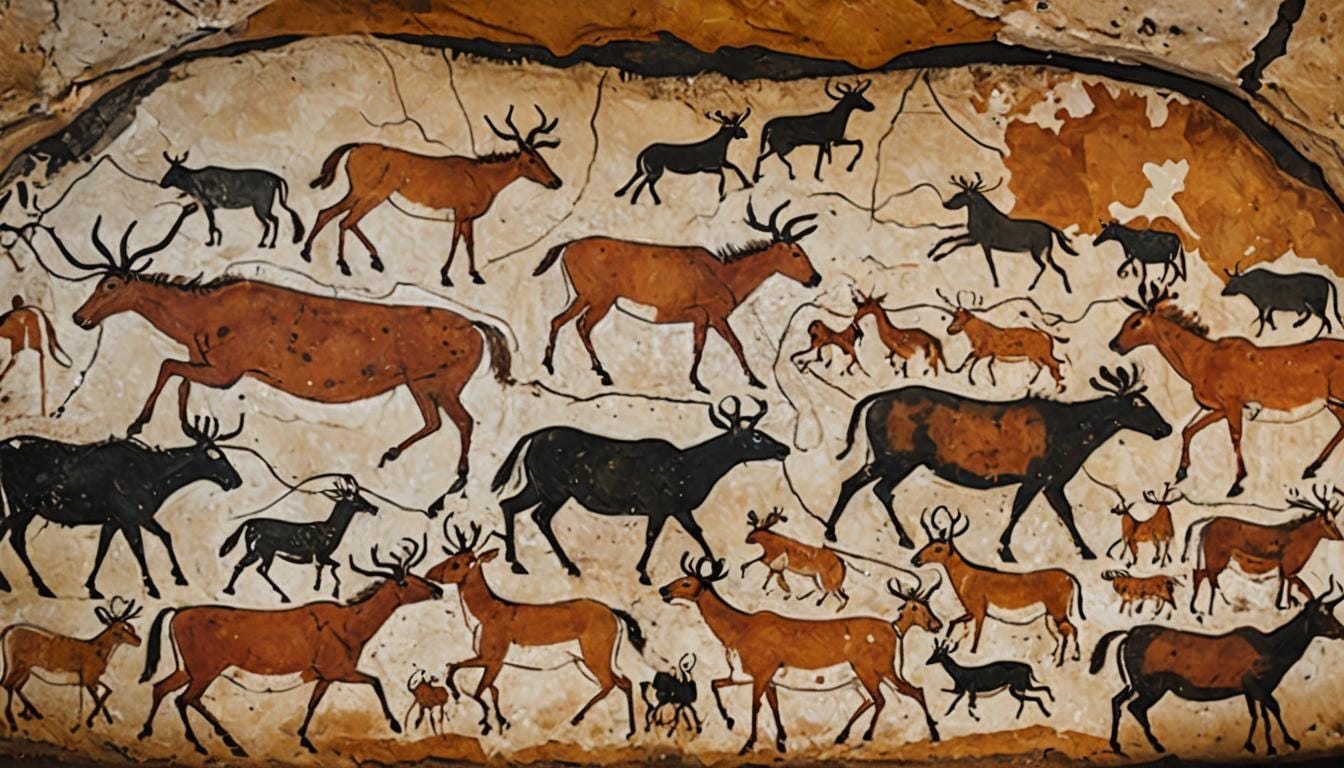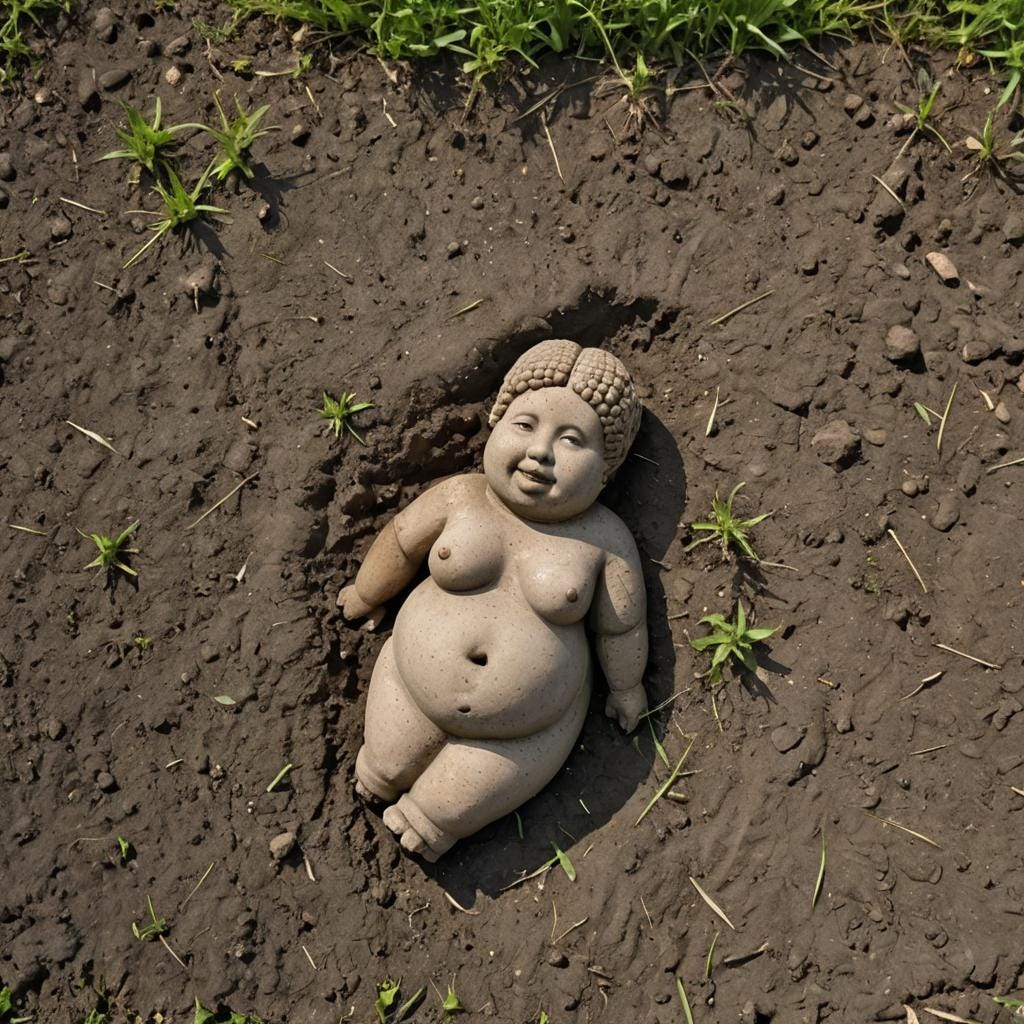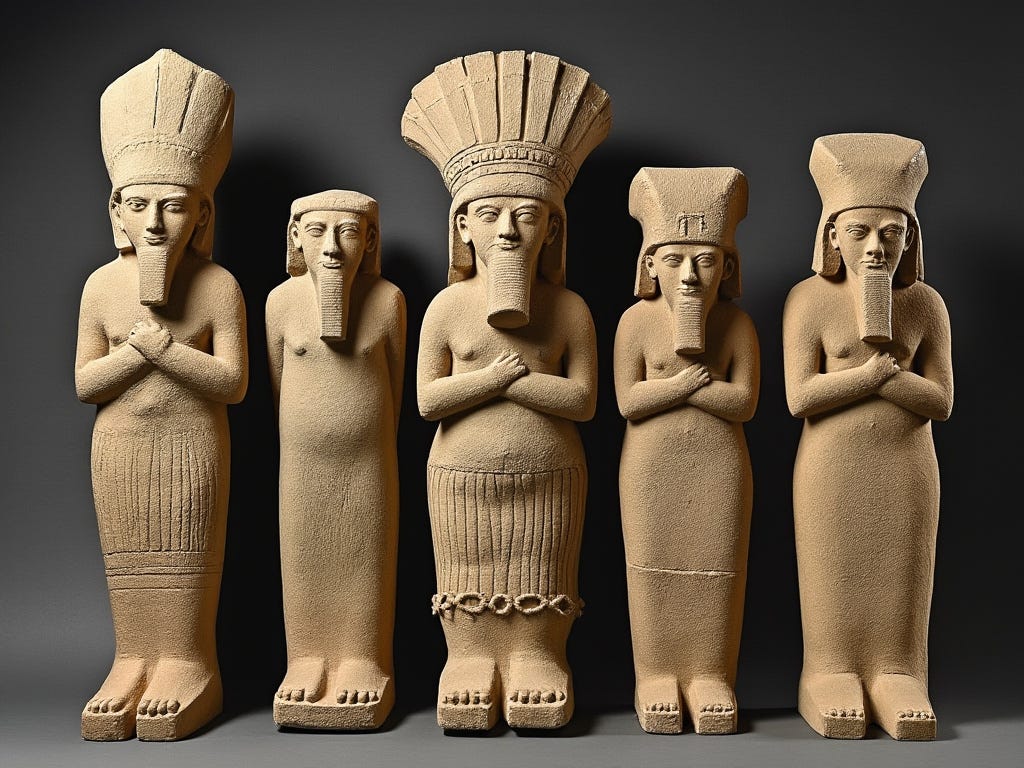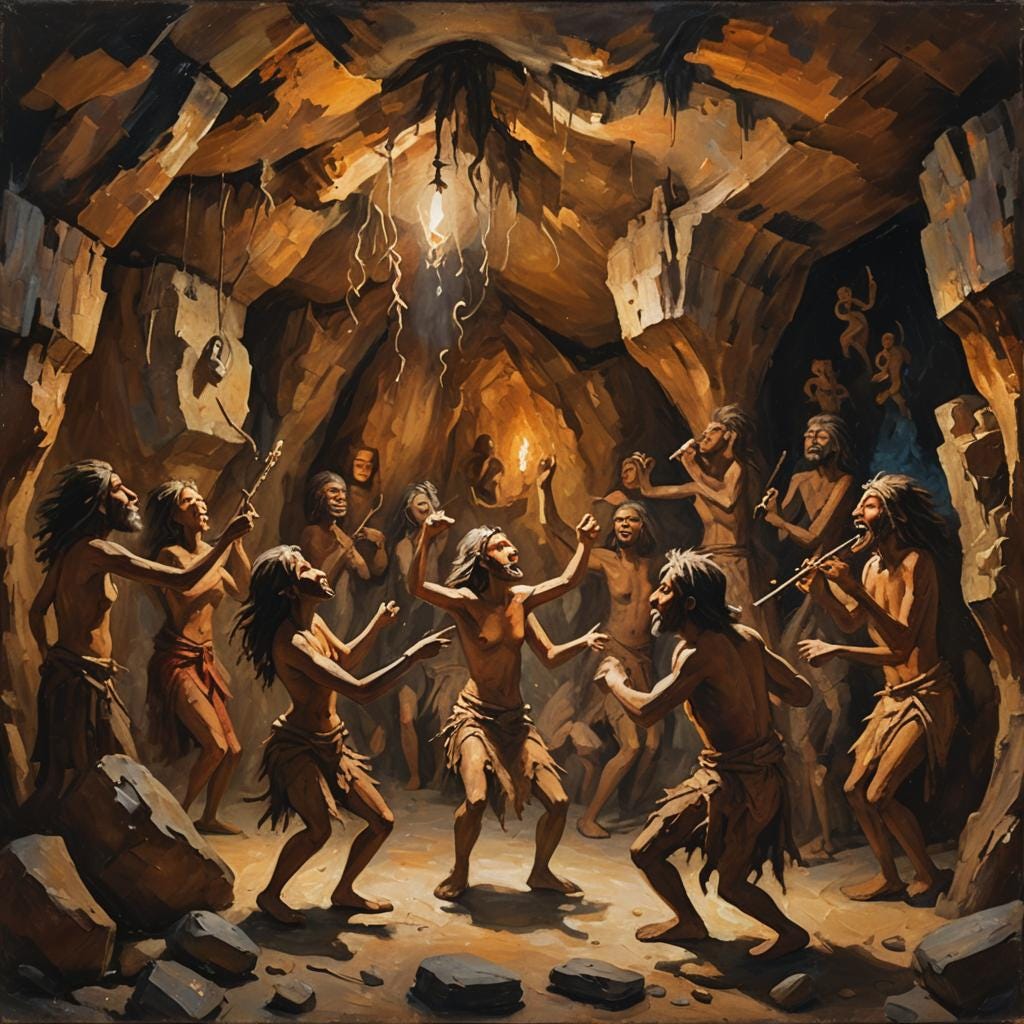Welcome to Day 2 of our wild ride through art history, where we explore the origins of human creativity, starting from around 30,000 BCE when “gallery” meant a cave wall, and “painting” involved more spitting and less brushwork. Let’s dive into the epoch where art was less about “concept” and more about “can we eat this?”
The Cave Paintings: Humanity’s First Instagram (c. 30,000–10,000 BCE)
Imagine you’re an ancient human. You’ve got no Netflix, no WiFi, just a bunch of rocks, some pigments, and an urge to tell stories. What do you do? You start the original social media: cave painting.
Famous Work Alert:
- Lascaux Cave Paintings (c. 15,000 BCE) in France. Here, our ancestors didn’t just leave their handprints; they left a whole gallery of animals, which, let’s be honest, were probably the Instagram influencers of their time. Hashtag #BisonSelfie.

Ancient Civilizations: When Art Got Civilized
Fast forward a bit, humans got tired of living in caves (too drafty, not enough natural light for painting), and they started building around 3500 BCE.
- Egyptian Art (c. 3100–30 BCE): If you thought your eyeliner game was strong, check out the Egyptians. Their art was all about order, hierarchy, and making sure everyone knew how important the Pharaoh was. The Pyramids? Built around 2630 BCE, not just tombs, but the ultimate flex in architectural art.

- Sumerian Statues (c. 4000–2340 BCE): Ever seen those wide-eyed Sumerian statues? Those eyes weren’t wide from surprise; they were probably just trying to keep up with the latest in Mesopotamian fashion.

- The Venus of Willendorf (c. 28,000–25,000 BCE): A small statuette that screams fertility goddess or maybe just someone who really enjoyed her prehistoric carbs. Either way, she’s got more curves than a racetrack.

Tools of the Trade
Back then, tools were rudimentary but effective:
- Pigments: Made from crushed rocks, plants, and yes, sometimes bugs, notably around 1500 BCE when cochineal insects became a thing for reds.
- Brushes: If you could find something to brush with, you were golden. Hair, twigs, feathers — if it could spread paint, it was haute couture.
The Artistic Leap
This era was when humans went from “I can draw a stick figure” to “Behold, my narrative masterpiece of the mammoth hunt!” by around 10,000 BCE. It was less about realism and more about capturing the essence of life, or maybe just making sure future generations would have something to puzzle over in art history classes.
Have Your Say
Were these ancient artists the original influencers, or were they just trying to pass the time while waiting for agriculture (c. 10,000 BCE) to really take off? Drop your thoughts below. Did I miss any pivotal pieces or fun facts? Comment away! Let’s keep this conversation as lively as a cave painting party.

And remember, if you’ve enjoyed this jaunt through time, share it with someone who thinks art started with the Renaissance. Let’s give them a prehistoric wake-up call!